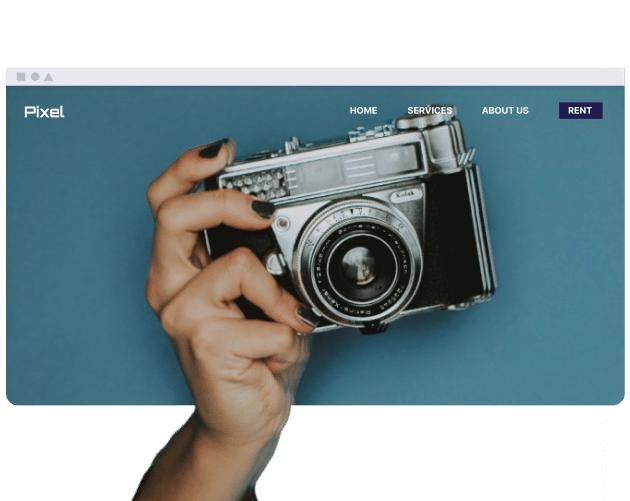Quais são os diferentes tipos de plágio?
Existem diferentes mecanismos através dos quais o plágio pode ser observado, incluindo cópia direta, conteúdo parafraseado e composição em mosaico. Compreender os vários tipos de plágio é útil porque cada um pode ser evitado à sua maneira com a abordagem correta. O conhecimento deles pode estar correlacionado com a responsabilidade e confiança percebidas ao escrever artigos. Também é benéfico saber sobre o autoplágio – reutilizar o seu trabalho sem o devido reconhecimento – pois é um aspeto essencial da integridade académica.
- Plágio Direto (Literal): Imitar as palavras exatas.
- Plágio de Parafraseamento: Reafirmar as ideias de alguém sem atribuição.
- Plágio em Mosaico: Isso se refere a instâncias em que frases copiadas são intercaladas com conteúdo exclusivo.
- Autoplágio: O reenvio ou reutilização de trabalho próprio enviado anteriormente.
Como posso identificar o plágio não intencional?
Após concluir seu trabalho, reserve um tempo para compará-lo com outras fontes e verifique se há plágio. O uso responsável de material emprestado é geralmente esperado. O plágio não intencional pode ocorrer devido a anotações inadequadas; da mesma forma, aplicar essas habilidades pode diminuir a probabilidade de encontrar problemas de plágio.
- Verifique se todo o material de origem está corretamente citado.
- Utilize um software de detecção de plágio.
- Preste atenção às seções parafraseadas.
Quais são as consequências do plágio no meio acadêmico e profissional?
Evitar o plágio pode influenciar o desenvolvimento da confiança, e a percepção de originalidade pode estar relacionada à progressão acadêmica ou profissional. Manter a atenção à citação adequada também ajuda a prevenir potenciais consequências, como notas mais baixas, advertências acadêmicas ou desafios no local de trabalho. Essas consequências ocorrem para manter os padrões estabelecidos.
- Manter a integridade acadêmica está associado a resultados educacionais específicos e pode estar relacionado a resultados como níveis de notas ou ações disciplinares.
- Seguir as diretrizes éticas em sua profissão está conectado à sua reputação e oportunidades de carreira, além de ser relevante no contexto de evitar mal-entendidos ou preocupações legais.
Quais são as melhores estratégias para evitar o plágio?
Nunca se esqueça de citar suas fontes, use aspas quando fizer uma citação direta e parafraseie com cuidado. Essa prática garante a atribuição adequada e evita possíveis deturpações. Além disso, as ferramentas de gerenciamento de citações podem ser utilizadas para esse fim.
- Use aspas para citações diretas.
- Parafraseie com precisão e inclua citações.
- Mantenha registros detalhados das fontes.
- Use verificadores de plágio.
Qual é a diferença entre plágio e violação de direitos autorais?
O plágio está relacionado a questões de ética de autoria, enquanto a violação de direitos autorais envolve considerações legais sobre o uso de material protegido por direitos autorais. O plágio está associado à atribuição, enquanto a violação de direitos autorais geralmente aborda a propriedade.
- Plágio: Uma prática relativa à apresentação da autoria.
- A violação de direitos autorais é definida como o uso legalmente não autorizado de material protegido por direitos autorais.
Como a tecnologia digital impactou o plágio?
A tecnologia digital afeta tanto a prática quanto a detecção de plágio. Os recursos da internet estão correlacionados com o aumento dos casos de cópia e com o desenvolvimento de ferramentas de detecção. O uso eficaz de softwares de detecção de plágio agora é crucial.
- Uma grande variedade de materiais de origem pode influenciar a profundidade da pesquisa e as atividades de aprendizagem.
- Os escritores podem empregar ferramentas de detecção de plágio para avaliar a originalidade e aderir aos padrões acadêmicos e profissionais.
Conclusão
A questão do plágio está relacionada aos campos acadêmico e profissional. Citações consistentes, compreensão das nuances do plágio e utilização de ferramentas de detecção são três medidas primordiais para proteger seu trabalho e sua reputação. Se você deseja ter sucesso a longo prazo, considere os elementos-chave da originalidade e das práticas éticas.

